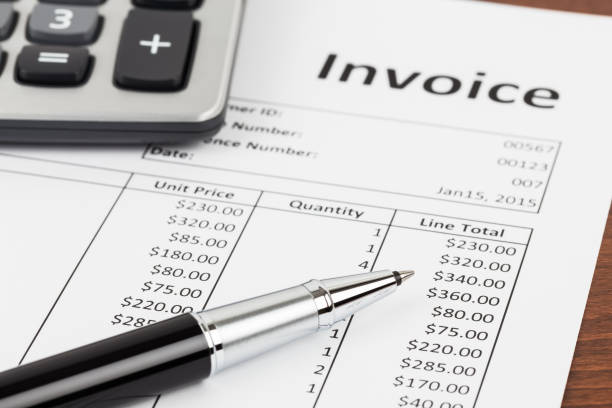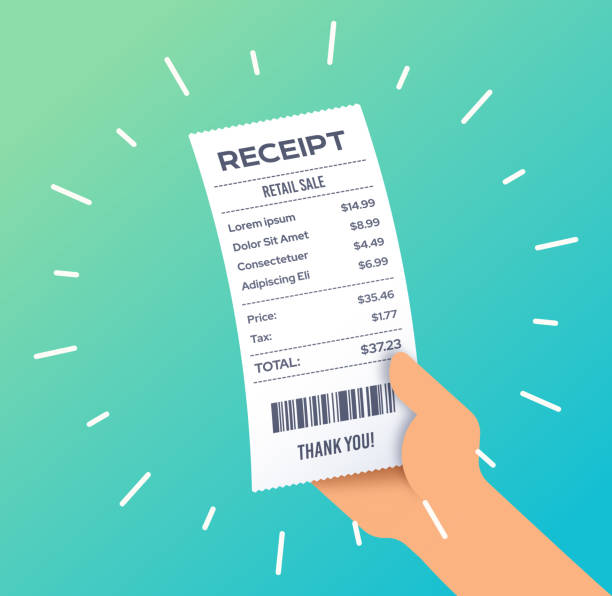Understanding the Key Distinctions Between Invoices and Receipts


Introduction
In the bustling world of business, documentation plays a pivotal role. If you’ve ever asked yourself, “Invoice vs Receipt: What’s the Difference?” then this comprehensive guide is just the ticket! Let’s peel back the layers of these crucial financial instruments, and understand why their distinction is more than just semantics.
Breaking Down the Basics
Understanding an Invoice
An invoice, in layman’s terms, is a document that a business issues to its clients to demand payment for the goods or services rendered. It’s akin to a bill that details the transaction but requires payment to be made. Invoices are usually issued before the payment is received and generally include details such as the invoice number, date, description of the product or service, amount due, and payment terms.
Receipt: The Proof of Payment
On the other side of the coin is the receipt. Think of it as the official ‘I’ve paid you’ document. A receipt is a document that acknowledges the receipt of a certain amount of money for the exchange of goods or services. It’s usually issued after the payment has been made and serves as proof of the transaction.
Dissecting the Differences
Invoice vs Receipt: Timing Matters
The key difference between invoices and receipts is when they are used. An invoice is usually sent before you pay for something, and a receipt is created after a payment is made. This order of events sets apart the documents and defines the roles and financial processes.
Payment Status: Owed vs Received
The invoice communicates the money owed by a customer, while a receipt confirms that the payment has been received. In other words, an invoice says “you need to pay”, while a receipt says “you’ve already paid”.
Purpose: Request vs Confirmation
The purpose of an invoice is to request payment and keep track of sales, while the purpose of a receipt is to confirm that payment has been received and provide the customer with proof of purchase.
The Mutual Elements
Despite their differences, invoices and receipts share some common elements that serve as the backbone of these documents.
Identifiable Information
Both documents carry identifiable information, such as the name and address of the business and customer, date, and unique reference number. This information is crucial in tracking transactions and in case of any disputes.
Details of Goods or Services
Invoices and receipts both detail the goods or services provided, including descriptions, quantities, prices, and total amount due or paid.
Situations When They’re Used
Invoice Usage: The Why’s and When’s
Invoices are primarily used to demand payment. They’re typically used when a service or product is provided but payment is yet to be made, such as in the case of credit sales, professional services, or long-term projects.
Receipts: Proof of the Pudding
Receipts are handy when you have paid for something- they act as a document that shows the details of the transaction. They also serve as proof that you made a purchase.
Legal Implications
Invoices and Legal Requirements
Many businesses are legally obligated to give out invoices. These documents help record the money they earn, which is important while paying for taxes. The government usually demands that invoices be stored for a specific period of time as evidence of earnings.
Receipts: The Legal Standpoint
Receipts are important, like invoices. They are necessary for businesses that deal with cash. The receipts show that you got paid. And they can help protect yourself if someone accuses you of dodging taxes.
Conclusion
Understanding the differences between an invoice and a receipt is more than just learning the terminology; it’s about appreciating their respective roles in the financial ecosystem. An invoice is a claim for payment, and a receipt is proof of payment. While they are two sides of the same coin, their individual importance cannot be overstated.
Frequently Asked Questions
1. Can an invoice serve as a receipt?
Technically, an invoice cannot serve as a receipt because they have different functions. However, in some cases, an invoice can be marked as ‘paid’ to acknowledge receipt of payment.
2. Does every transaction need both an invoice and a receipt?
It depends on the nature of the transaction. For instance, in retail transactions, a receipt is commonly provided, but an invoice might not be. For longer-term service arrangements, invoices are typically issued, and a receipt is provided upon payment.
3. Why is it important to keep receipts?
Keeping receipts is crucial for several reasons, such as proof of purchase, expense tracking, and for tax purposes. They can also help to resolve disputes and facilitate product returns or exchanges.
4. How long should invoices and receipts be kept?
In most countries, businesses are required to keep invoices and receipts for a minimum of 5 to 7 years for tax and audit purposes.
5. What is a digital receipt?
A digital receipt is an electronic version of a physical receipt. It provides the same information and serves the same legal purpose, but is more convenient and eco-friendly.
6. Is a sales receipt the same as a receipt?
Yes, a sales receipt is a type of receipt that documents the purchase of a product or service.
External Links/ Sources:
